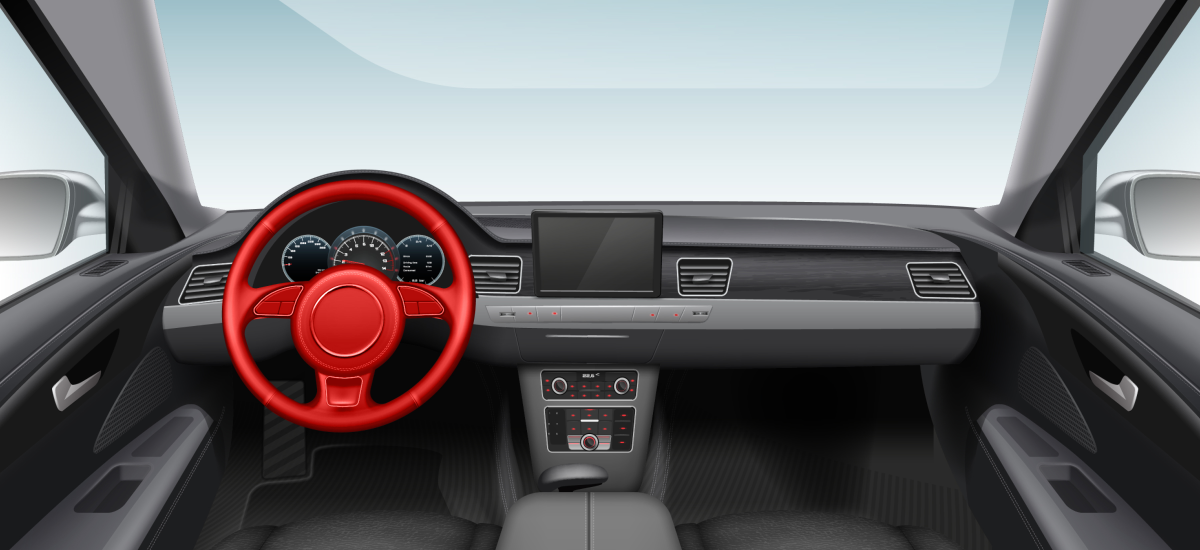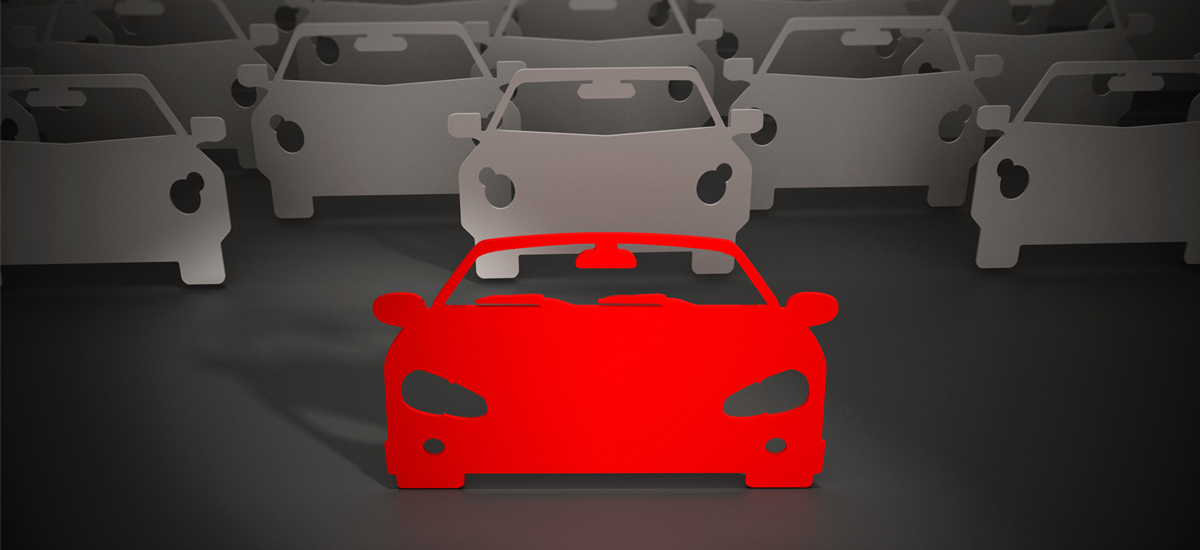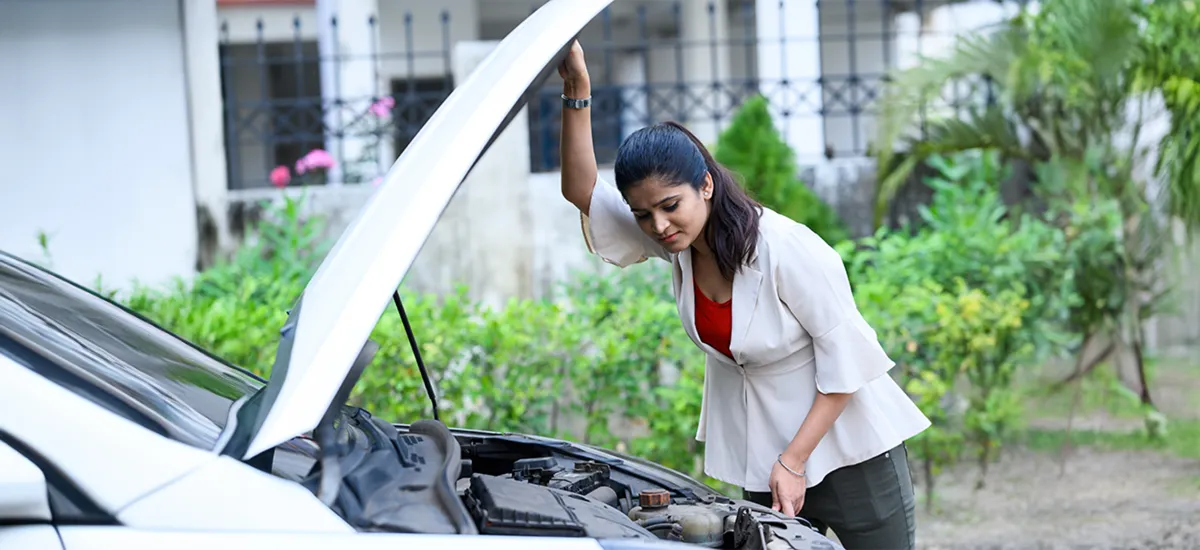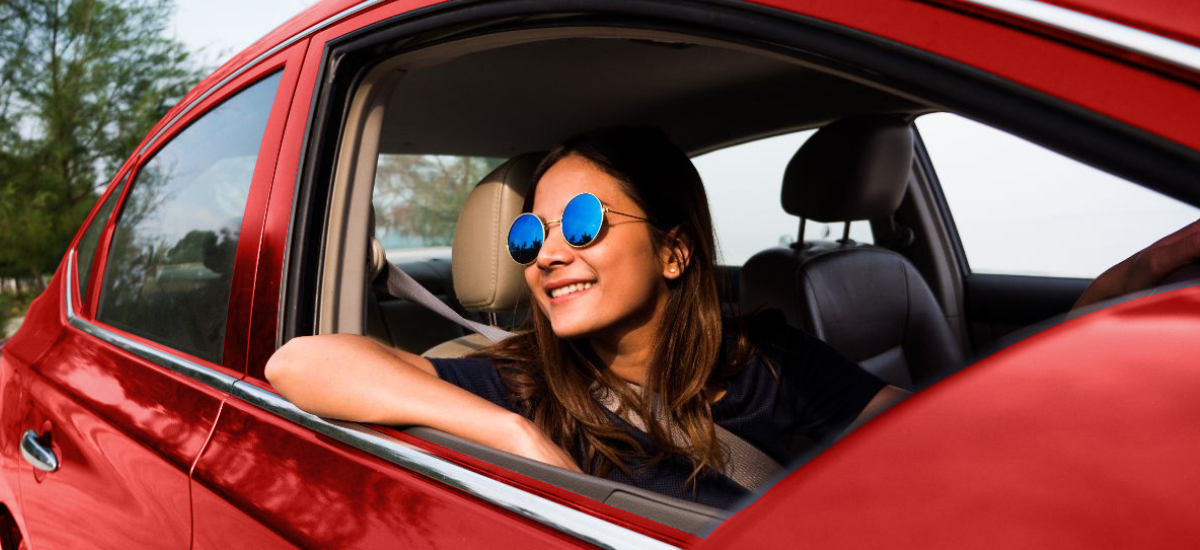Introduction
A driver’s licence is an official document proving you can legally drive. However, there are different types of driving licences in India that are specific to a group of vehicles. Moreover, it is important to understand the driver's licence categories and car licence types to select the right car insurance policy. In this blog, we’ll cover the categories and types of driving licences and how they relate to vehicles.
What are the types of driving licences in India?
There are mainly four types of driving licences issued in India:
What are the types of driving licences in India?
As the name suggests, this licence is issued to people learning to drive a vehicle. It is a temporary licence that remains valid for 6 months. Sixteen-year-olds can also apply for a learner licence for a 50cc two-wheeler, and 18 years old onwards can apply for four-wheelers.
Permanently Driving licence (DL)
It is issued to people who are 18 years of age and above. However, before applying for a permanent DL, one must hold a valid Learner’s licence for at least 30 days and pass a driving test. It is also important to have the right driver’s licence categories, which depend on the vehicle a person owns
Commercial Driving licence
This licence type must be owned by people who drive vehicles used for commercial purposes. Besides, it is mandatory for owners who drive vehicles that can accommodate more than eight passengers. In order to obtain a commercial driving licence, one must already have a permanent driving licence and be at least 20 years old.
International Driving Permit (IDP)
By getting this licence, one can drive to other countries where Indian licences are accepted. One must have a valid permanent DL before applying for an IDP. Moreover, this licence is valid only for one year.
It becomes important to understand these types as it helps to choose the correct car insurance policy. In addition, you can use a car insurance calculator to estimate premiums for third-party car insurance based on your driver's licence type.
What are the various driving licence categories and classes for Indian vehicles?
The different categories of driving licences specify the type of vehicle the licence holder is allowed to drive.
Driving Licence Categories and Vehicle Types
| Driving Licence Category |
Vehicle Type |
|---|
| MC 50 cc |
Vehicles with or less than engine capacity of 50 cc. |
| FVG / MCWOG |
Vehicles without gear (like scooters) |
| MC EX 50cc |
Geared vehicles with an engine capacity of 50cc or more |
| MCWG |
Motorcycle – both geared and without gear. |
| LMV-NT |
Non-transport light motor vehicles like cars. |
| HGMV |
Heavy vehicles, like trucks, used to transport goods. |
| HPMV |
Vehicles used for carrying passengers with an All India Permit |
| HMV |
Heavy Motor Vehicles |
| MGV |
Medium Goods Vehicles |
| LMV |
Light Goods Vehicles |
| Trailer |
A person with a heavy vehicle DL can apply for a heavy trailer driving licence. |
Why is it important to have a driver's licence?
A driving licence is not just a legal document. It is a tool that ensures safer and more responsible driving. Hence, it is an important document that every driver must have in India. Moreover, here are some more points that clarify the importance of having the right type of driving licence-
Required Legally
Driving a vehicle without DL was made illegal by the Motor Vehicles Act 1988. In addition, this licence certifies that the holder is authorized to drive a specific type of vehicle.
Identity Proof
A DL is recognized as an official proof of identity and address in India. It is accepted by the government and private institutions for verification purposes.
Assurance of Safety
As mentioned earlier, it confirms that the driver has the needed knowledge and skills to drive safely. At the same time, promoting safer roads and reducing accidents.
Getting Insurance
The right driver's licence type influences the car insurance policy that one buys. For example, owning a valid DL is mandatory while applying for third-party car insurance..
Eligibility Criteria and Document Required
Before applying for a driving licence, one must meet the following criteria:
1. For an MCWOG vehicle, the minimum age must be 16 years. If applying for light motor vehicles and others, then the age limit is 18 years.
2. Must have a learner’s licence before applying for permanent DL.
3. One must successfully pass the driving licence test.
While applying for a driving licence, it is important to have the following documents:
1. Aadhar card
2. PAN card
3. British Certificate
4. Address Proof Document
5. Passport-sized photograph
Conclusion
While your driving licence is legal proof that you can drive, a car insurance policy offers you financial protection against unforeseen road damages. Moreover, it is mandatory to have third-party insurance in India, just like a valid licence. Hence, you must invest in the best car insurance to avoid heavy penalties. You can also use a car insurance calculator to estimate the premiums and ensure compliance with legal requirements.






















